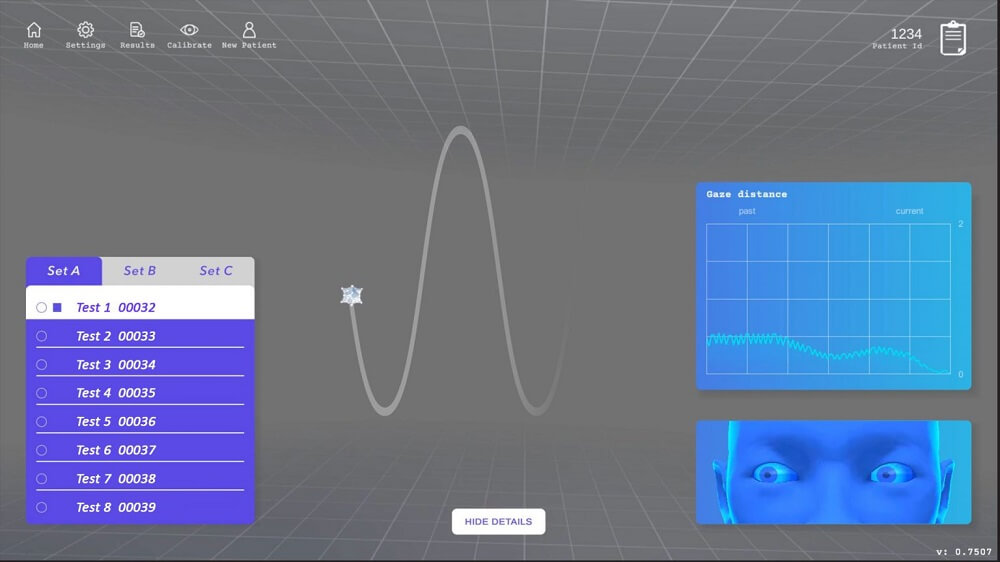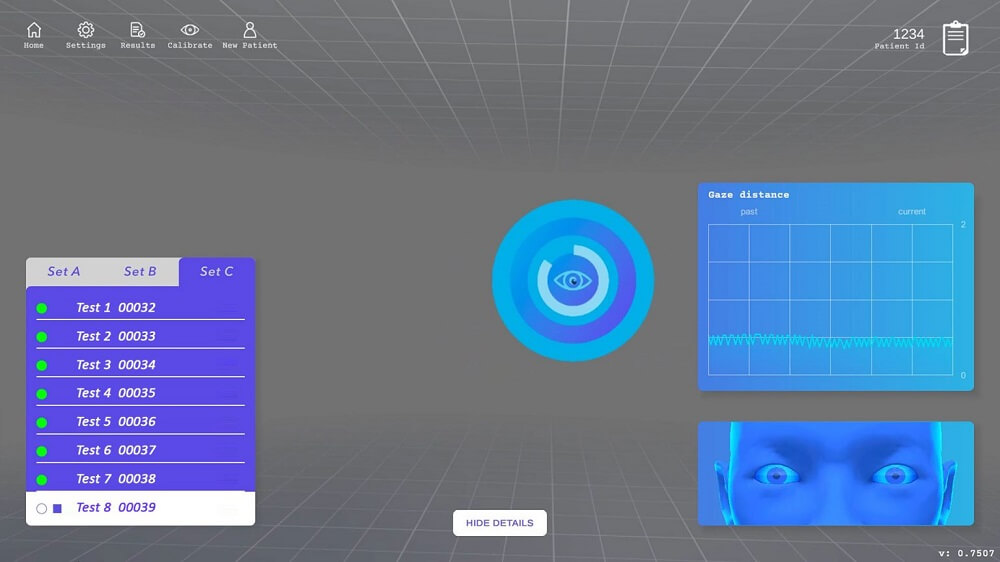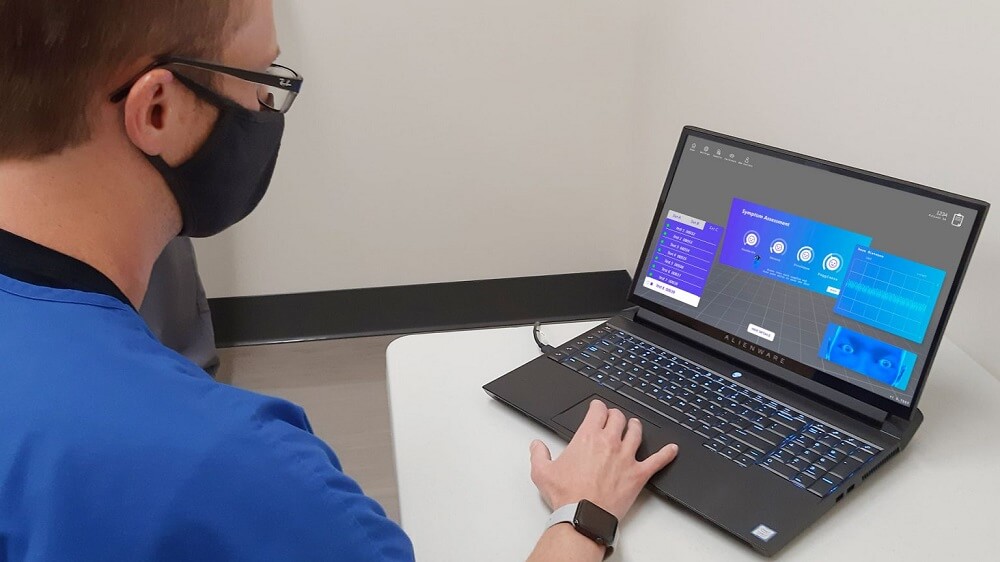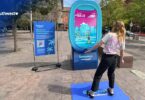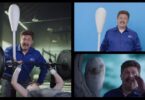University of Mississippi Medical Center (UMMC) selected Groove Jones to build a VR tool for a research project, led by Dr. Jennifer C. Reneker, to understand the impact of a concussion injury on people. There is no gold-standard in the diagnosis of concussion. Medical professionals must rely on patient reports and a constellation of signs and symptoms to arrive at a diagnosis
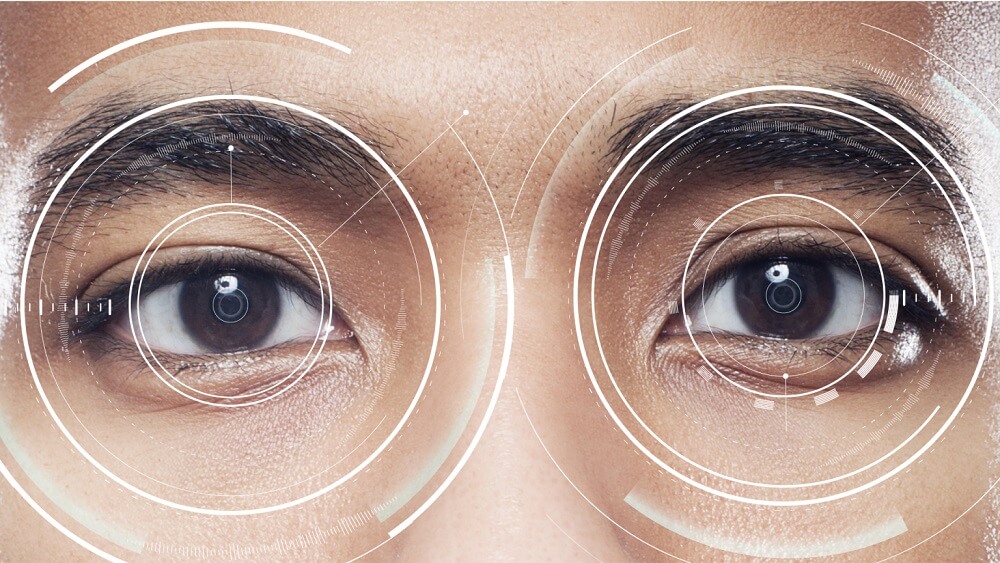
A concussion examination is nuanced, subjective, and qualitative in its application. Additionally, several specialty or sub-specialty areas (i.e., neurology, ophthalmology, physical therapy, and others) are needed to contribute to the breadth of expertise required for a truly comprehensive examination. This has made it difficult for non-specialist healthcare providers to translate and implement into routine practice.
Presently, there is no clinically available technology that permits rapid quantifiable examination of sensory-motor deficits. Any true advancement in this area will necessitate state-of-the-art technology to enhance objectivity of current clinical testing and produce quantitative metrics of abnormality, which can be used in-person or remotely.

Recognizing systemic disparities in access to care for the rural-poor populations in the Mississippi Delta, many of which are also prevalent in other rural areas of the U.S. Dr. Reneker has spent the last two years working to innovate concussion care possibilities. She believes that a large part of the solution to improve access to specialist-types of services for concussion is to utilize telehealth infrastructure. To do this well, however, completely new tools are necessary to provide reliable decision support metrics to clinicians and deliver effective treatment interventions.
Headset immersive virtual reality (IVR) has significant potential to be a disruptive medium to expand and reinvent concussion care. Through research and development, we are creating an innovative, state-of-the art, telehealth compatible medical platform to bring real-time concussion diagnosis, management, and treatment practices while expanding equitable access to care.

The IVR Technology Platform – VIST™
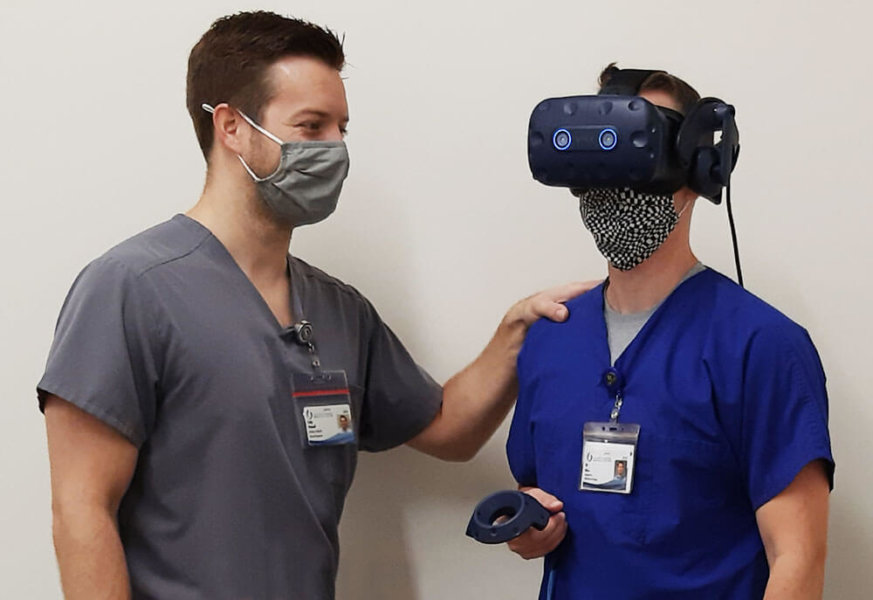
Groove Jones worked with Dr. Reneker and her team at UMMC on a research and development project to solve this problem. Here, a series of tests running inside an HTC Vive Pro Eye VR headset was created to measure performance while completing various tasks. This research is being funded through the Health Resources and Services Administration (HRSA).
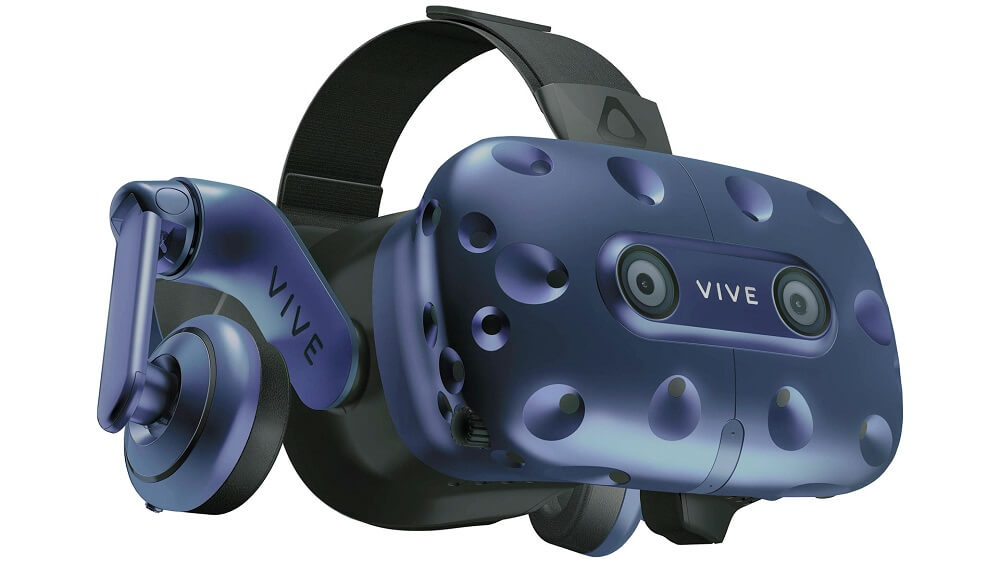
VIST™ records measurements through various sensors during the tests. It is believed that the researchers will be able to uncover subtle neurological disruptions by interpreting relevant features through artificial intelligence.

This will function as a decision support tool and is a substantial improvement over current methods. The patient is in the headset, and the healthcare provider has an admin dashboard on their desktop, which they can observe the patient’s interactions and configure the settings as they see fit.
When the experience is over, the data is stored with the patient ID, date, and time of the test.
The Application was made with Unity. Groove Jones used the HTC Vive Eye headset in this production. More information about this HMD can be found here.
About the University of Mississippi Center
UMMC is Mississippi’s only academic medical center. Its education, research, and health care missions share the objectives of improving the health of the state’s population and eliminating health disparities.
Located in Jackson, UMMC encompasses seven health science schools, including medicine, nursing, health-related professions, dentistry, pharmacy, graduate studies, and population health. The Medical Center’s health care enterprise includes the state’s only Level I trauma center, only children’s hospital, and only organ and bone marrow transplant program. The Medical Center also is home to a Telehealth Center of Excellence, one of two in the nation.





